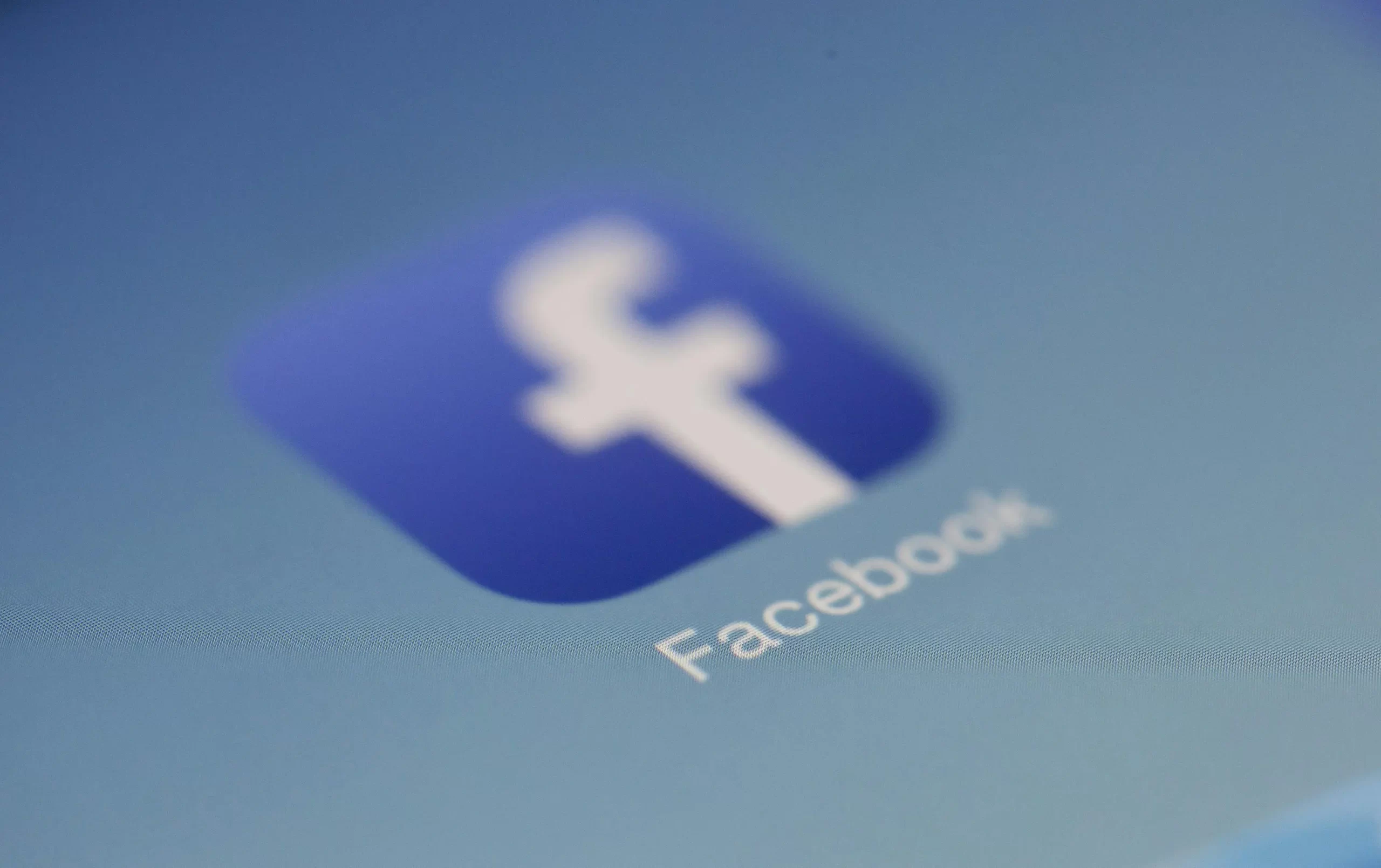Case Studies
Facebook’s Growth Strategy: Experimentation, KPIs & User Engagement

Facebook’s meteoric rise from a college networking site to a global tech giant was not just about luck—it was the result of relentless experimentation, data-driven decision-making, and a strong focus on user engagement. The company has consistently leveraged agile iteration, A/B testing, and KPIs to optimize products, increase engagement, and drive exponential growth.
Mark Zuckerberg once said, “The biggest risk is not taking any risk. In a world that’s changing really quickly, the only strategy that is guaranteed to fail is not taking risks.” This mindset has shaped Facebook’s approach to continuous innovation.
How Facebook’s Growth Model Works
Facebook’s approach to growth is centered on rapid experimentation and user-first thinking.
- Test-and-Learn Culture – Every feature goes through extensive A/B testing before launch.
- Engagement-Driven Development – Features are designed to maximize time spent on the platform.
- Algorithmic Personalization – AI-driven content recommendations increase user retention.
- Mobile-First Optimization – Prioritization of mobile experience ensures global accessibility.
Example: The introduction of Facebook’s News Feed in 2006 initially faced backlash but became a defining feature after continuous optimization based on user feedback.
Key Performance Indicators (KPIs) Behind Facebook’s Growth
Facebook’s data-driven approach relies on real-time performance tracking through well-defined KPIs.
- Daily Active Users (DAU) & Monthly Active Users (MAU) – Measures platform stickiness and engagement.
- Session Duration & Frequency – Tracks how often and how long users interact with content.
- Virality Coefficient – Evaluates how effectively users invite others to join the platform.
- Ad Revenue Per User – Assesses monetization efficiency through targeted advertising.
- Content Engagement Metrics – Likes, shares, and comments gauge feature success.
Example: Facebook’s algorithmic adjustments, such as prioritizing video content, resulted in a 50% increase in video watch time within a year.

Gamification & User Engagement Strategies
Facebook integrates gamification elements to keep users engaged and encourage interaction.
- Reaction & Emoji Features – Expanded engagement options beyond the traditional “Like.”
- Memories & On This Day – Encourages users to revisit and share past content.
- Community Challenges & Badges – Enhances group interactions and loyalty.
- Live Streaming & Stories – Increases real-time engagement and content creation.
Example: Facebook Stories gained over 500 million daily active users within two years, largely due to its engaging format and easy sharing options.
Applying the Total Football Framework (TFT) to Facebook’s Growth Strategy
Facebook’s dynamic and agile approach to innovation aligns well with the Total Football Teams (TFT) Framework, which emphasizes team fluidity, adaptive strategies, and seamless collaboration.
- Cross-Functional Collaboration – Just as TFT teams switch roles dynamically, Facebook’s teams work across product, engineering, and data science to optimize user experience.
- Real-Time Data Adjustments – TFT principles emphasize on-the-fly tactical changes, similar to Facebook’s continuous A/B testing and feature refinements.
- Algorithmic Adaptability – Like TFT’s ability to read the game and adjust in real-time, Facebook fine-tunes algorithms based on user behavior trends.
- Iterative Optimization & Scaling – TFT focuses on continuous refinement, mirroring Facebook’s method of launching features in test markets before full-scale deployment.
Example: Facebook’s transition to a mobile-first platform in 2012 was a direct result of real-time user engagement analysis, showcasing TFT-inspired agility.
The Future of Growth at Facebook
Facebook continues to push boundaries in digital engagement through:
- AI-Powered Content Curation – Further enhancing personalization and content discovery.
- Augmented & Virtual Reality (AR/VR) – Expanding the Metaverse vision.
- Privacy-First Innovations – Adapting to regulatory changes and user data protection concerns.
- Decentralized Social Networks – Exploring blockchain-based digital interactions.
Example: Facebook’s development of Meta Horizon represents its long-term strategy to dominate the next era of digital interaction.
Final Takeaways: Why Facebook’s Growth Strategy Works
Facebook’s success is built on experimentation, KPI-driven decision-making, and a deep focus on user engagement.
- A/B testing ensures that only the best-performing features are scaled.
- KPIs provide real-time insights to optimize user experience.
- Gamification drives deeper user engagement and platform stickiness.
- TFT-style adaptability ensures Facebook remains agile in a rapidly evolving digital space.
Facebook isn’t just a social platform—it’s a constantly evolving ecosystem designed for engagement and growth. The challenge for other businesses: How can they replicate this model to scale effectively?
